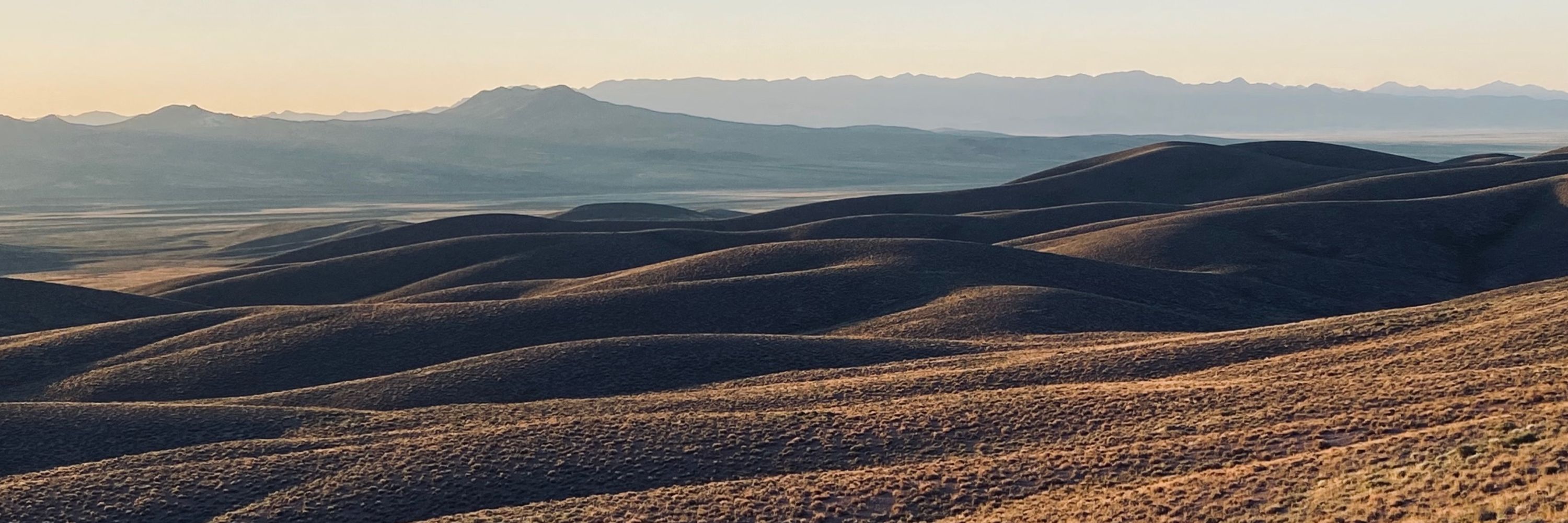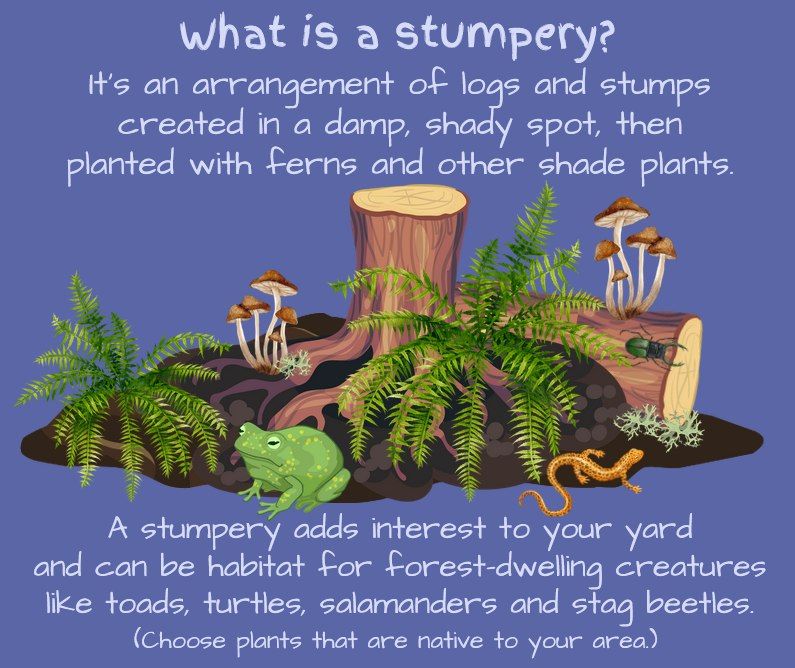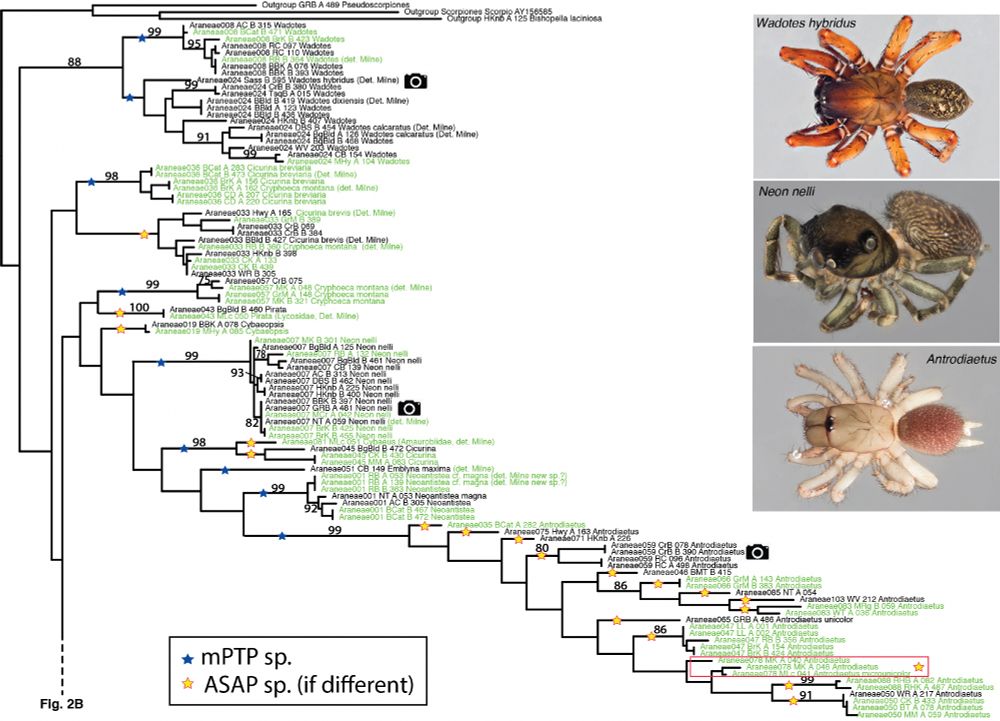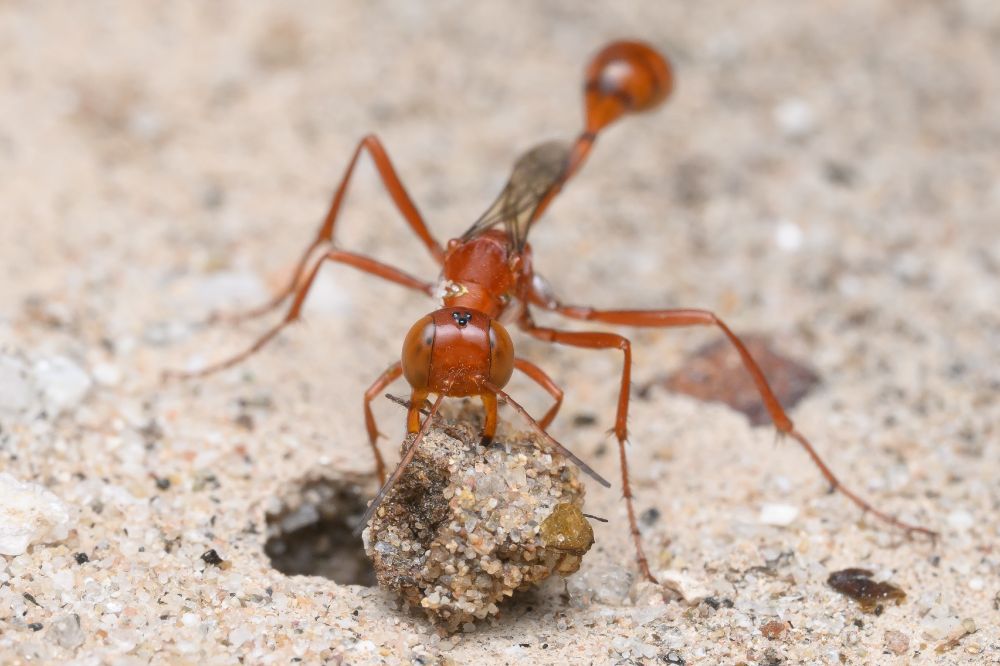Marshal Hedin
@mhedin.bsky.social
1.4K followers
710 following
350 posts
devoted to the study & understanding of biodiversity, and public sharing of biodiversity knowledge and beauty. a "curator" of biological collections, and of the planet. Dad, Univ Prof
Posts
Media
Videos
Starter Packs
Reposted by Marshal Hedin
Reposted by Marshal Hedin
Reposted by Marshal Hedin
Reposted by Marshal Hedin
Reposted by Marshal Hedin
Reposted by Marshal Hedin
















